Fly Fishing from a Kayak: Tips and Tricks
The gentle sway of water beneath you, the quiet glide across a pristine lake, and the perfect cast that sends your fly dancing across the water’s surface—fly fishing from a kayak combines two incredible outdoor pursuits into one sublime experience. This specialized approach to angling offers unique advantages over traditional bank fishing or even standard kayak fishing with spinning gear. By bringing together the precision of fly fishing with the stealthy mobility of kayaking, anglers can access remote fishing spots and present flies with minimal disturbance to wary fish.
Whether you’re an experienced fly angler looking to expand your horizons or a kayaker interested in picking up a fly rod, this comprehensive guide will help you navigate the exciting world of kayak fly fishing.
Why Choose a Kayak for Fly Fishing?

Kayaks offer several distinct advantages for fly anglers that traditional watercraft or shore fishing simply can’t match. First, kayaks provide exceptional access to shallow waters, narrow channels, and remote fishing spots that larger boats can’t reach and shore anglers can only dream about. The whisper-quiet approach of a paddle-powered kayak allows you to get remarkably close to fish without spooking them—a crucial advantage when targeting sensitive species like trout or redfish. Additionally, the low profile of a kayak creates a smaller shadow on the water, further reducing your visible presence to fish.
Perhaps most importantly for many anglers, kayaks represent an affordable entry point to boat fishing, costing a fraction of what motorized fishing boats require while eliminating ongoing expenses like fuel and extensive maintenance.
Selecting the Right Kayak for Fly Fishing
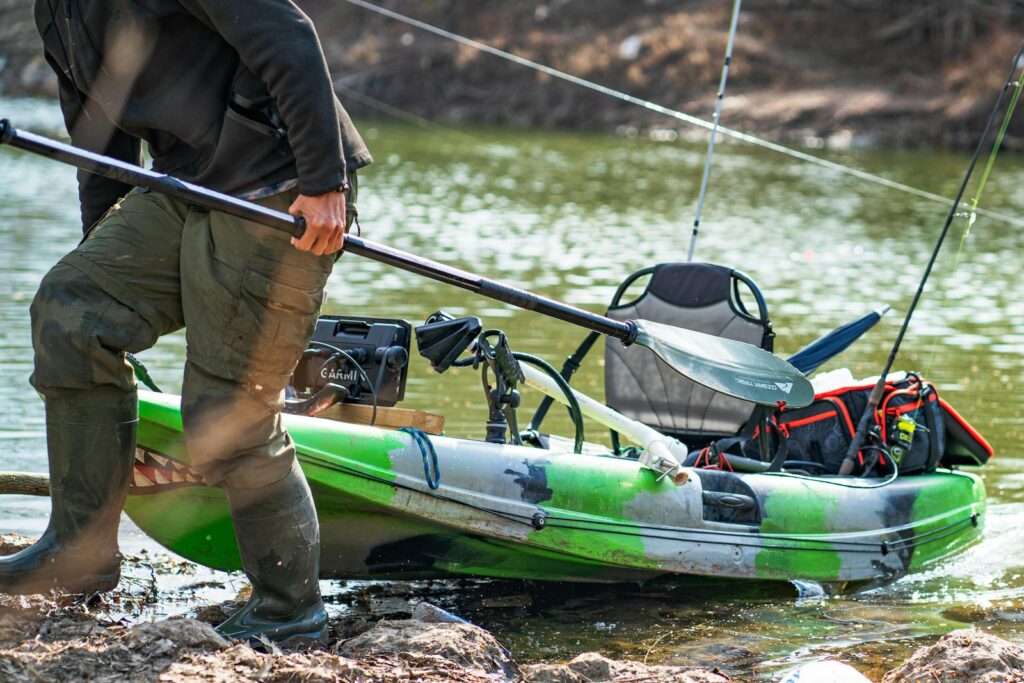
Not all kayaks are created equal when it comes to fly fishing applications. Stability should be your primary concern, as you’ll often be standing to cast and spot fish—look for kayaks with wider hulls that provide a solid casting platform. Sit-on-top designs generally work better than enclosed cockpit models, offering freedom of movement essential for fly casting mechanics. Consider kayaks specifically designed for fishing, which typically feature rod holders, tackle storage areas, and sometimes even pedal-drive systems that free your hands for fishing. Length matters too—longer kayaks (12-14 feet) track better across open water, while shorter models offer greater maneuverability in tight spaces like small streams.
For serious fly anglers, several manufacturers now produce kayaks with elevated seats and standing platforms specifically designed with fly fishing in mind.
Essential Gear Modifications
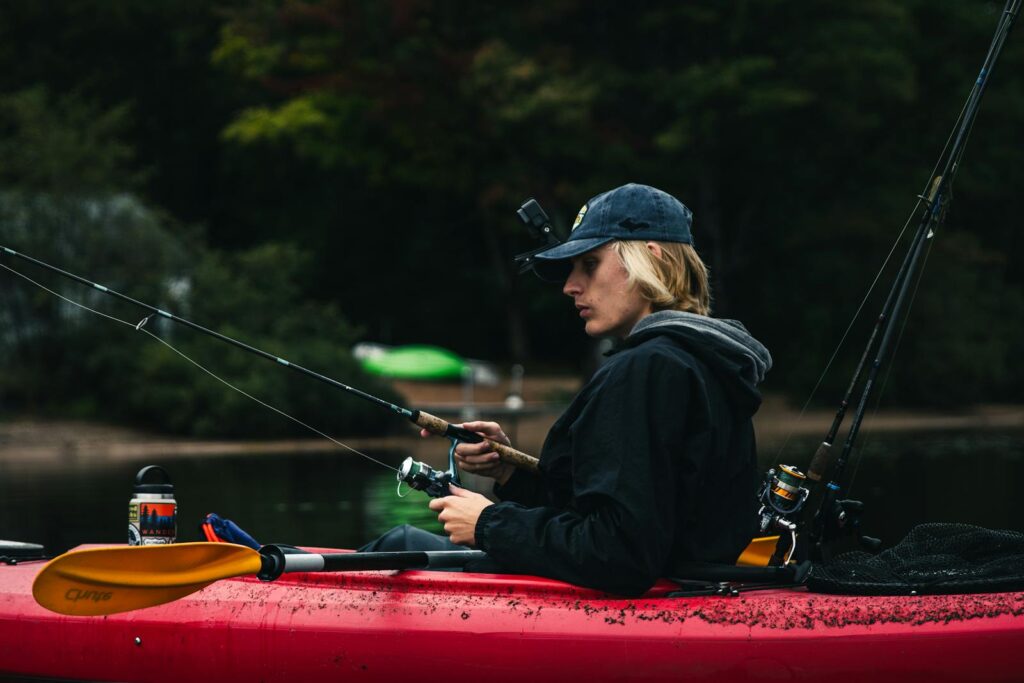
Transforming a standard fishing kayak into a fly-fishing-specific vessel requires thoughtful modifications. Installing a stripping basket or line management system is crucial to prevent your fly line from tangling in gear or catching on your kayak’s textured surfaces. Consider adding anchor systems like a stake-out pole for shallow waters or a drift sock for deeper areas—both help maintain position while fishing productive zones. Rod holders should be positioned for quick access but oriented to keep fly rods secure without damaging guides or reels. Storage solutions become particularly important, as fly fishing requires more specialized gear; waterproof hatches or bags protect flies and leaders, while bungee cords and deck mounts secure larger items.
Finally, many serious kayak fly anglers add elevated seating platforms or standing bars to improve visibility and casting mechanics.
Choosing the Right Fly Rod Setup

Selecting appropriate fly gear for kayak fishing differs somewhat from traditional approaches. Rod length requires careful consideration—while longer rods (9-10 feet) provide better line control and casting distance, they can be unwieldy in confined kayak spaces, so many anglers opt for 8-9 foot models as a practical compromise. Weight selection depends on your target species, but versatile 5-7 weight rods work well for most freshwater applications, while saltwater kayak anglers might prefer 8-9 weight setups. Reel selection should prioritize sealed drag systems that can withstand occasional water exposure, particularly in saltwater environments.
For line selection, weight-forward floating lines serve most situations well, though bringing sink-tip options expands your depth capabilities. Always secure your rod with a tether when on the water—losing an expensive fly setup overboard is an avoidable heartbreak that too many kayak anglers have experienced.
Mastering the Kayak Cast
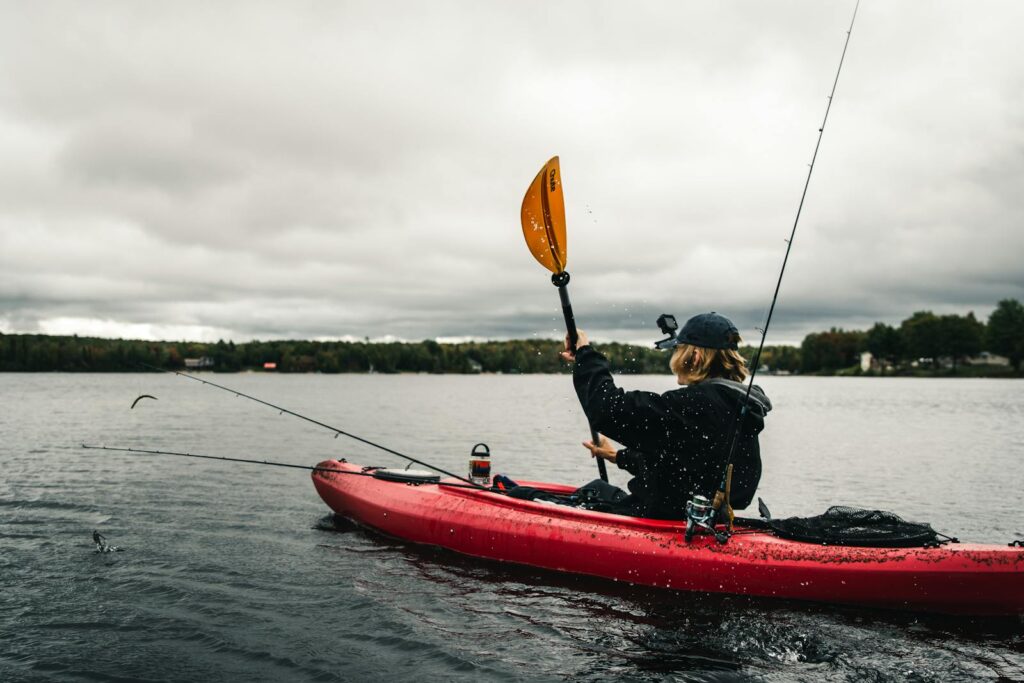
Casting a fly rod from a kayak presents unique challenges that require adaptation of traditional techniques. The seated position limits your backcast room, making roll casts and water-loaded casts particularly valuable skills to develop. Practice side-arm casting techniques that keep your line trajectory parallel to the water rather than vertical, reducing the likelihood of tangling in vegetation or kayak accessories behind you. When conditions permit standing (in stable kayaks with standing platforms), maintain a wide stance with knees slightly bent to absorb the subtle movements of the craft.
Develop awareness of wind direction relative to your kayak position—casting crosswind becomes particularly challenging in the confined space of a kayak. Remember that shorter, more accurate casts often prove more productive than distance casting from a kayak, as your stealthy approach allows you to get closer to fish.
Positioning and Kayak Control
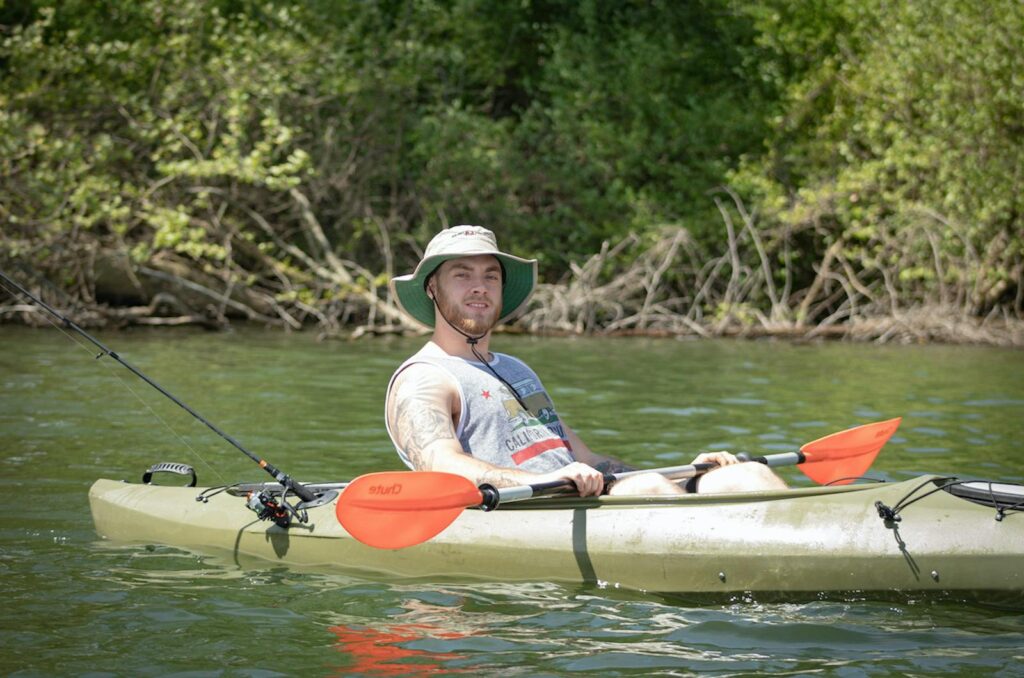
Effective positioning is perhaps the most critical skill in kayak fly fishing, often determining success more than fly selection or casting technique. Learn to read water current and wind patterns to plan strategic approaches that allow you to drift naturally toward fishing spots while maintaining casting position. Develop paddle skills that enable silent corrections and precise movements—a strong forward stroke, sweep strokes for turning, and draw strokes for lateral movement form your essential repertoire. In moving water, position yourself upstream of target areas so you can cast downstream, allowing for more natural fly presentation.
For still waters, use the wind to your advantage when possible, positioning yourself so prevailing breezes help maintain position or move you along productive shorelines. Advanced anglers often employ a technique called “kayak shadowing,” where they position the sun at their back so their shadow doesn’t spook fish.
Strategies for Different Water Types
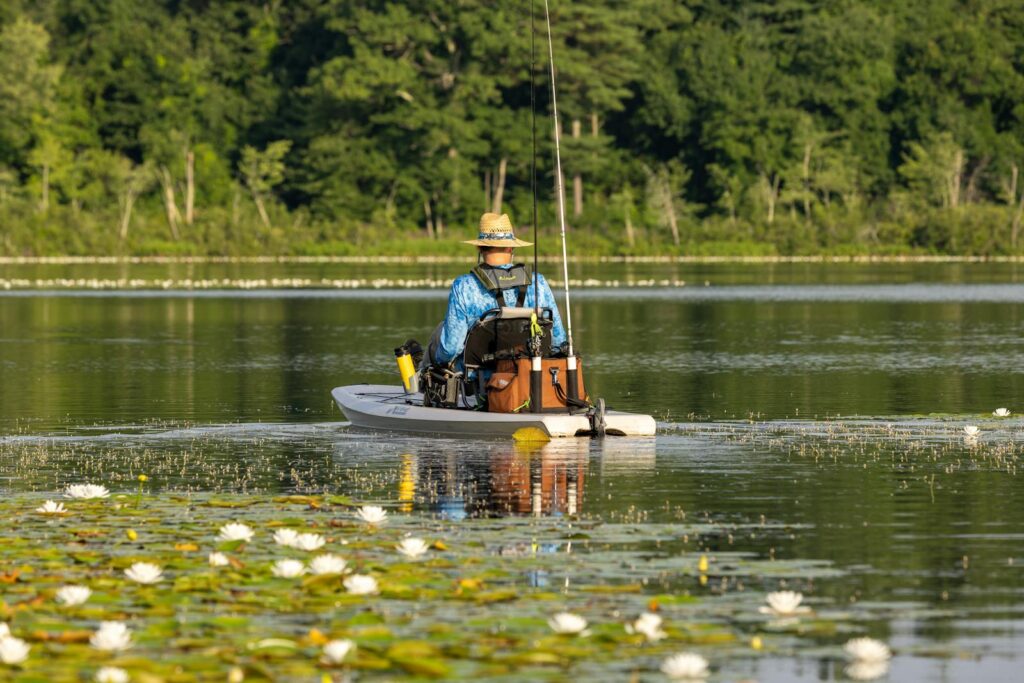
Kayak fly fishing tactics must adapt to vastly different environments to be successful. On lakes and reservoirs, focus on structural elements like drop-offs, weed beds, and submerged timber, using your kayak’s maneuverability to thoroughly fish these productive zones that shore anglers can’t reach. For rivers and streams, master the art of “slicing” through current seams, positioning your kayak to drift alongside transition zones where predatory fish often hold. Coastal flats fishing from a kayak requires keen observation skills—look for “nervous water,” tailing fish, or feeding ripples that betray the presence of redfish, speckled trout, or other saltwater species.
In small ponds, the stealth advantage of kayaks truly shines—circling the perimeter while casting toward the center often produces strikes from bass and panfish that have learned to associate bank-side movement with danger.
Safety Considerations

Safety must remain paramount when combining the challenges of fly fishing and kayaking. Always wear a properly fitted personal flotation device (PFD) designed for anglers, with front pockets and high-cut arms that won’t interfere with casting motions. Dress appropriately for immersion, recognizing that water temperatures, not air temperatures, should dictate your clothing choices—neoprene or dry wear might be necessary even on warm days if water temperatures are dangerously cold. Secure all valuable gear with lanyards or tethers, particularly expensive items like fly rods, smartphones, and car keys.
Monitor weather conditions vigilantly, as kayaks are particularly vulnerable to changing winds and approaching storms. File a float plan with someone reliable before heading out, especially when fishing remote areas, detailing your planned route and expected return time.
Fish Handling from a Kayak

Landing and releasing fish presents unique challenges from the confined space of a kayak. Extend your net handle for easier reaching, or consider specialized kayak nets with longer, telescoping handles that collapse for storage. Keep fish in the water whenever possible during the unhooking process—this becomes easier from a kayak’s low position compared to higher boats. For photography, a waterproof camera with a wrist lanyard allows quick one-handed shots without risking expensive equipment. Practice proper release techniques that accommodate your seated position; rather than lifting fish for release, simply lower your hands to water level and allow the fish to swim away.
For fish you intend to keep, specialized kayak coolers or fish bags secure your catch while maintaining its quality and keeping your deck space clear.
Seasonal Adjustments
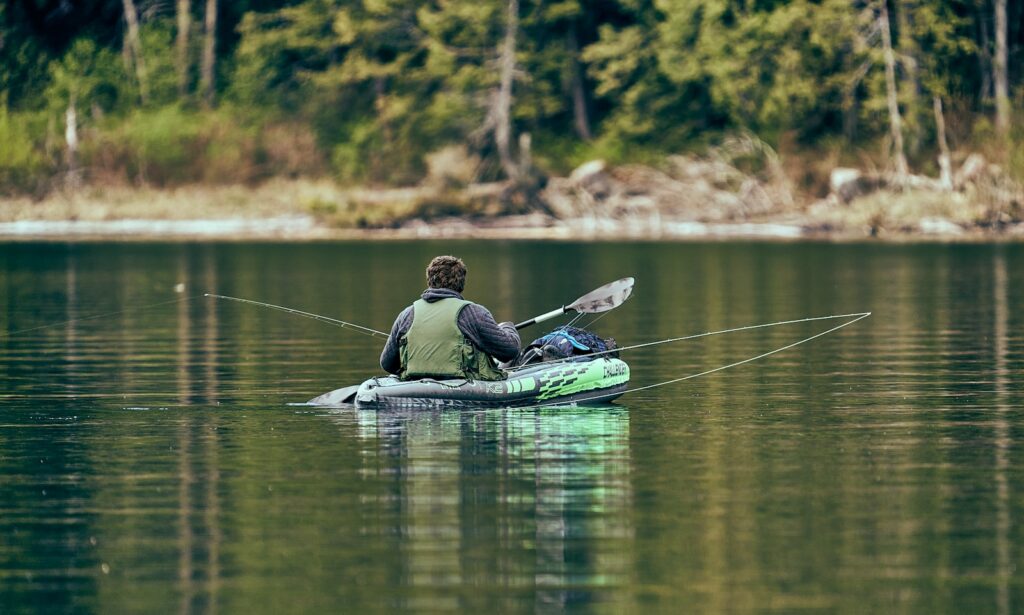
Successful kayak fly anglers adapt their approaches to seasonal patterns and conditions. During spring, focus on shallow spawning areas and warming shorelines where fish become active after winter’s chill—your kayak’s stealth proves invaluable for approaching these often crystal-clear shallows. Summer strategies typically involve fishing early mornings and evenings when surface activity peaks, using your kayak’s mobility to follow feeding fish that may move throughout the day. Fall patterns often center around baitfish migrations, requiring longer paddles to locate and stay with schools of predatory fish—prepare for increased distances and potentially challenging weather conditions.
Winter kayak fly fishing, while not for everyone, can be extraordinarily productive in moderate climates, focusing on deep, slow pools where fish conserve energy—dress appropriately in layers and always plan for potential immersion safety.
Organization Tips for Small Spaces

Effective organization transforms the confined space of a kayak from frustrating to functional for fly fishing. Design a minimalist fly selection system using waterproof fly boxes organized by purpose rather than fly type—one box for surface patterns, another for subsurface presentations, rather than traditional categorical organization. Create a dedicated “working area” within arm’s reach for frequently used items like nippers, forceps, floatant, and a few go-to flies. Utilize vertical storage solutions that exploit unused space—rod holders, accessory tracks, and behind-the-seat organizers keep gear accessible without cluttering your casting deck.
Develop a consistent setup routine so equipment always occupies the same position, enabling muscle memory to find items without visual searching. Consider custom-made aprons or fishing vests specifically designed for seated kayak anglers, with front-facing pockets that remain accessible in paddling position.
Transportation and Launching Considerations

The journey to the water deserves as much planning as the fishing itself for kayak fly anglers. Invest in proper transportation equipment—j-cradles or saddle systems protect your kayak during transit while reducing lifting height for loading. Pre-rig as much of your gear as possible before arriving at your launch site, including assembling rods, attaching reels, and organizing tackle—streambank rigging often results in lost or forgotten items. Scout launch sites beforehand when targeting new waters, looking for gradual entries, parking proximity, and security considerations for your vehicle during extended fishing sessions.
Consider wheeled kayak carts for longer carries from parking areas to water, saving your energy for paddling and fishing rather than exhausting yourself before even starting. Always check local regulations regarding permits, invasive species protocols, and access restrictions, as these often apply differently to non-motorized watercraft.
Troubleshooting Common Challenges
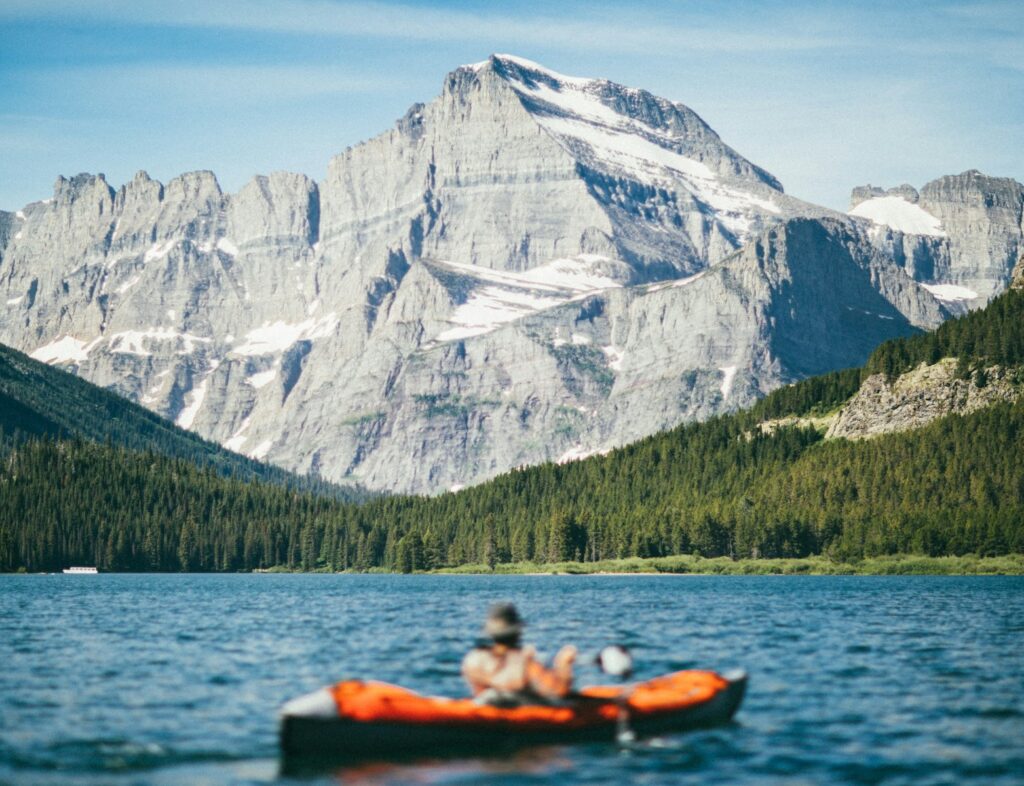
Even experienced kayak fly anglers encounter persistent challenges that require creative solutions. Line management frustrations can be addressed by using line mats with teeth or comb-like structures that prevent line from blowing overboard or tangling around gear. For stability issues during standing casts, outrigger systems can be added temporarily to most kayaks, providing training-wheel-like support until your balance improves. When fighting larger fish, learn to position your kayak perpendicular to the fish’s direction, using the kayak’s width to increase leverage and prevent being pulled forward. Address paddle management during active fishing by installing paddle holders or bungee systems that secure your paddle instantly without thought.
For persistent back pain from extended seated positions, consider aftermarket seating with lumbar support, or schedule regular standing breaks during long fishing sessions to stretch muscles and improve circulation.
Advanced Techniques for Experienced Anglers
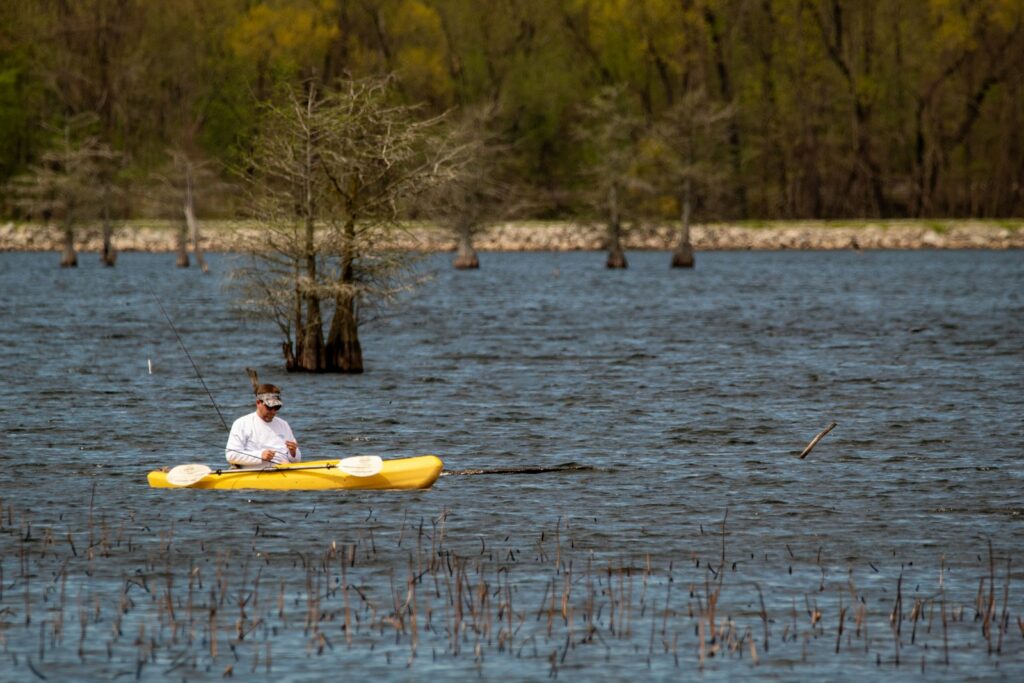
As your kayak fly fishing skills progress, several advanced techniques can elevate your experience and success rate. Master the art of sight fishing from your elevated kayak position, using polarized glasses and strategic sun positioning to spot fish before casting. Develop specialized retrieves that accommodate the gentle drift of your kayak, such as the “drift and strip” where you allow your fly to move naturally with your kayak while imparting action with intermittent strips. Learn “on-the-fly” fly changing techniques using pre-rigged leader sections that can be quickly swapped without retying knots on the water.
Practice one-handed casting methods for situations when your other hand must control the kayak with your paddle. For truly advanced anglers, incorporate technical paddling skills like sculling draws that allow you to maintain position while simultaneously casting—the ultimate expression of kayak fly fishing mastery that merges both disciplines into seamless motion.
Conclusion
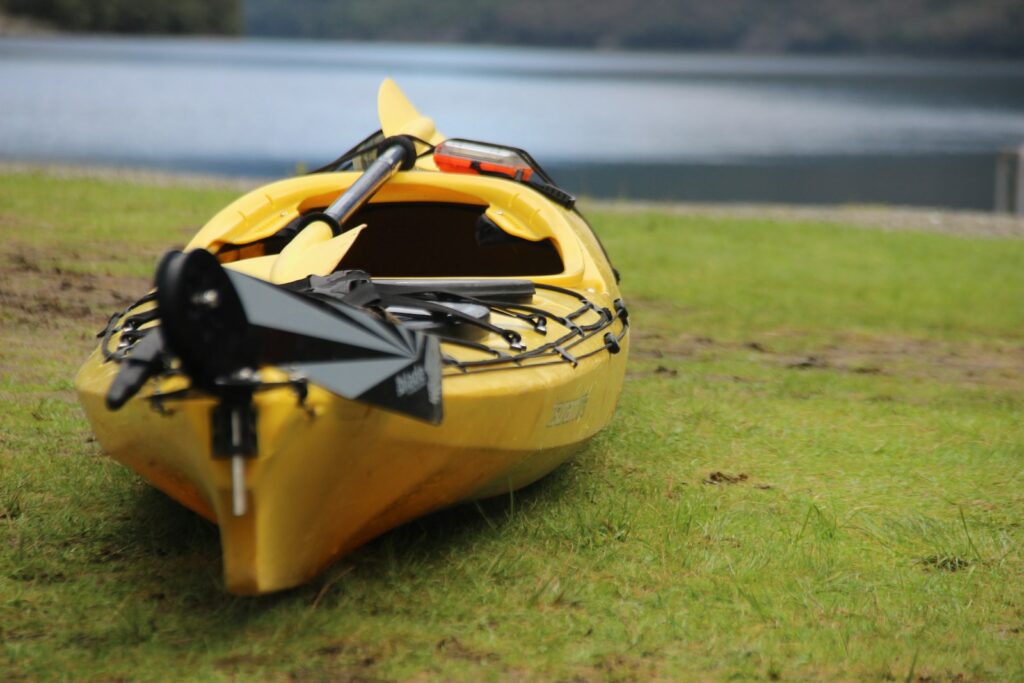
Fly fishing from a kayak represents the beautiful intersection of two rich outdoor traditions, combining the elegant precision of fly casting with the intimate water connection of kayaking. This approach offers anglers unparalleled access to waters both familiar and remote, all while fostering a deeper connection to the aquatic world through quiet observation and stealthy presentation. The learning curve may seem steep initially, but the rewards—pristine solitude, heart-racing strikes, and fish that have rarely seen artificial presentations—make every practice session worthwhile.
As you develop your skills, you’ll find that kayak fly fishing isn’t merely a combination of two activities but rather an entirely distinct pursuit with its own rhythms, challenges, and moments of transcendent beauty. Whether you’re casting to rising trout on a misty mountain lake or stalking redfish through golden saltwater marshes, the kayak fly fishing journey offers endless opportunities for growth, discovery, and the particular satisfaction that comes from mastering a specialized craft.
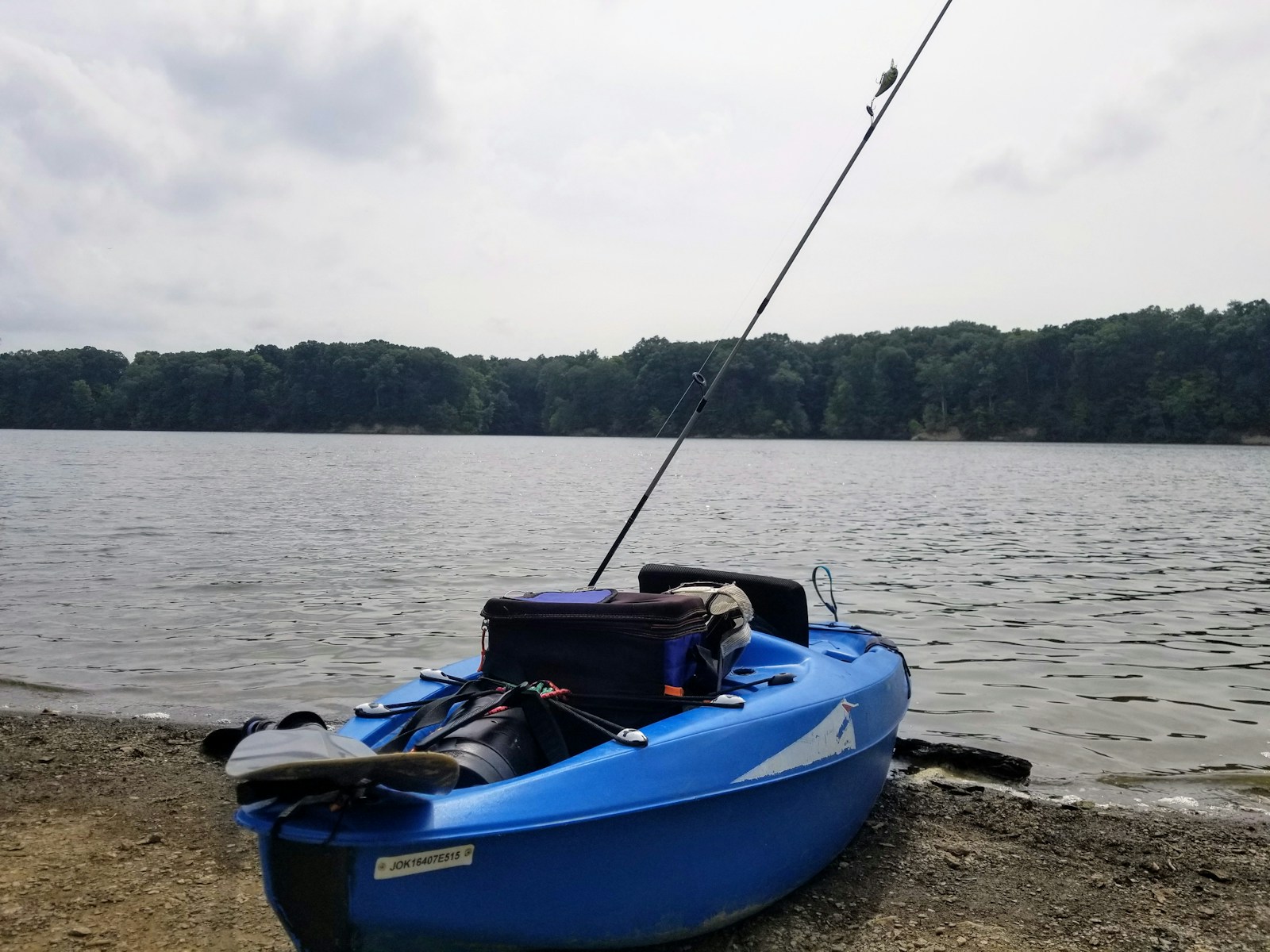
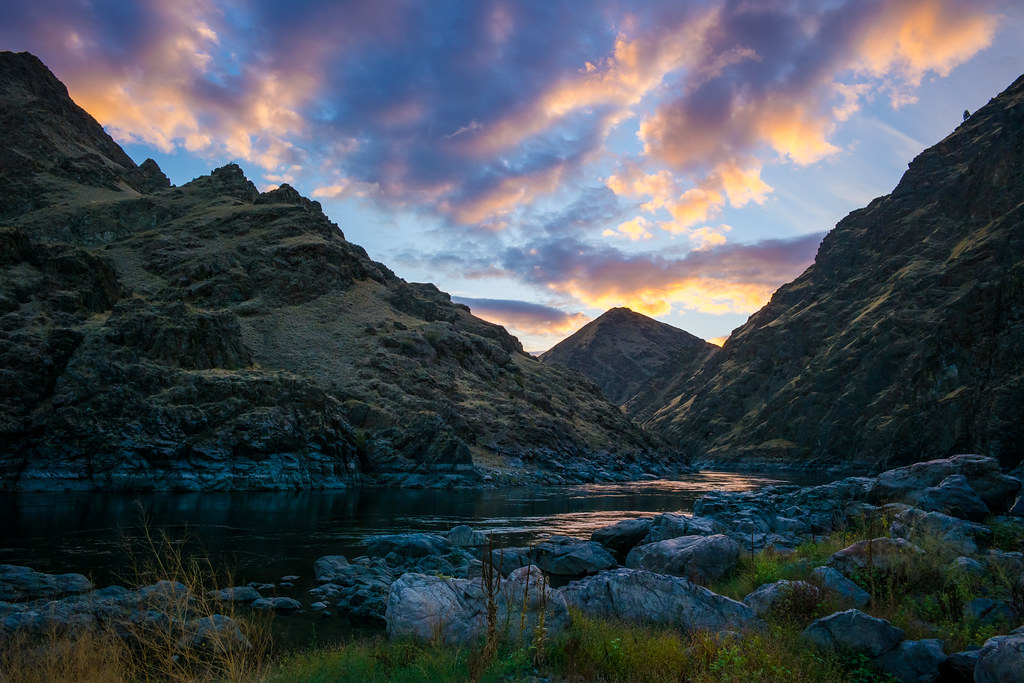

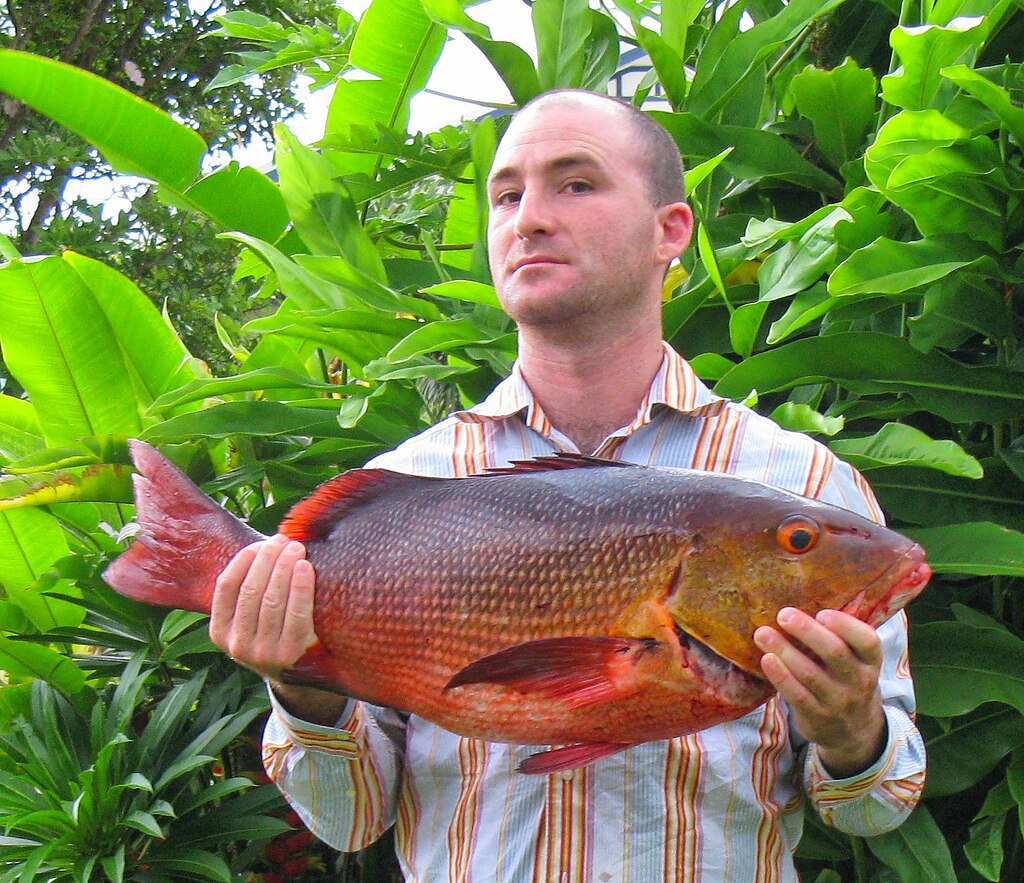










Post Comment